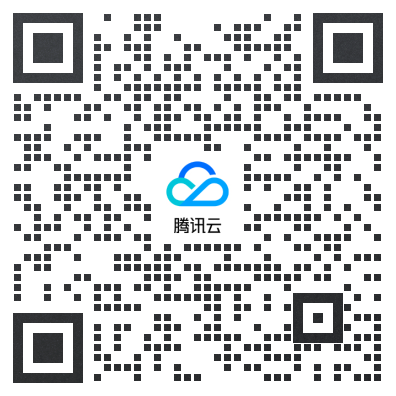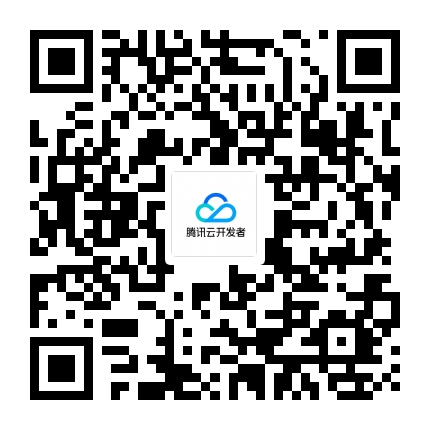如何在向下滚动表视图时使自定义标签UINavBar消失?
在向下滚动表视图时使自定义标签UINavBar消失的方法是通过监听表视图的滚动事件,根据滚动的偏移量来控制自定义标签的显示和隐藏。
具体实现的步骤如下:
- 创建一个UIViewController,并在其中添加一个UITableView和一个自定义的UINavBar。
- 在UIViewController中实现UIScrollViewDelegate协议,并设置UITableView的delegate为当前UIViewController。
- 在UIViewController的viewDidLoad方法中,设置UITableView的contentInset属性,将表视图的顶部内边距设置为自定义标签的高度,使表视图的内容从自定义标签下方开始展示。
- 实现UIScrollViewDelegate协议中的scrollViewDidScroll方法,在该方法中获取表视图的滚动偏移量。
- 根据滚动偏移量的变化,来判断是否需要隐藏或显示自定义标签。例如,当滚动偏移量大于等于自定义标签的高度时,隐藏自定义标签;当滚动偏移量小于自定义标签的高度时,显示自定义标签。
- 可以通过修改自定义标签的frame或alpha属性来实现隐藏或显示的效果。
以下是一个示例代码:
import UIKit
class ViewController: UIViewController, UITableViewDelegate, UITableViewDataSource, UIScrollViewDelegate {
@IBOutlet weak var tableView: UITableView!
@IBOutlet weak var customNavBar: UINavBar!
override func viewDidLoad() {
super.viewDidLoad()
tableView.delegate = self
tableView.dataSource = self
tableView.contentInset = UIEdgeInsets(top: customNavBar.frame.height, left: 0, bottom: 0, right: 0)
}
// MARK: - UITableView Delegate & DataSource
func tableView(_ tableView: UITableView, numberOfRowsInSection section: Int) -> Int {
// 返回表视图的行数
return 10
}
func tableView(_ tableView: UITableView, cellForRowAt indexPath: IndexPath) -> UITableViewCell {
// 返回表视图的单元格
let cell = tableView.dequeueReusableCell(withIdentifier: "Cell", for: indexPath)
return cell
}
// MARK: - UIScrollView Delegate
func scrollViewDidScroll(_ scrollView: UIScrollView) {
// 获取滚动偏移量
let offsetY = scrollView.contentOffset.y
// 判断是否需要隐藏或显示自定义标签
if offsetY >= customNavBar.frame.height {
// 隐藏自定义标签
customNavBar.alpha = 0
} else {
// 显示自定义标签
customNavBar.alpha = 1
}
}
}这样,在向下滚动表视图时,当滚动偏移量超过自定义标签的高度时,自定义标签就会消失。当滚动偏移量小于自定义标签的高度时,自定义标签会重新出现。
相关·内容
扫码
添加站长 进交流群
领取专属 10元无门槛券
手把手带您无忧上云

 云服务器
云服务器 ICP备案
ICP备案 云直播
云直播 对象存储
对象存储 实时音视频
实时音视频
